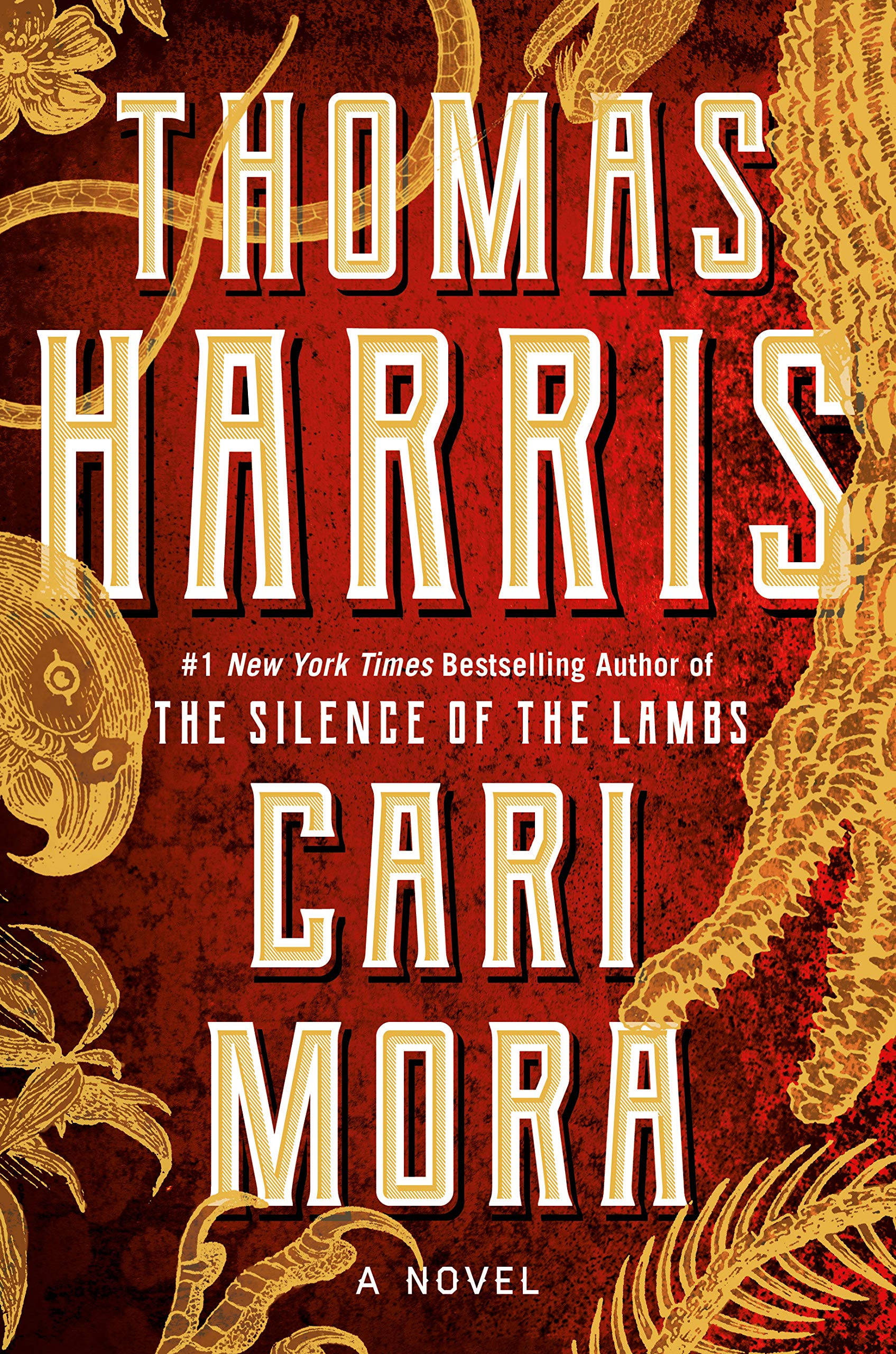Cari Mora by Thomas Harris
/Cari Mora
By Thomas Harris
Grand Central Publishing, 2019
It’s been 13 years since Thomas Harris last produced a novel, 2006’s Hannibal Rising, about the youthful adventures of his signature fictional creation, Hannibal Lecter. And it’s been a whopping 44 years since Harris last wrote a book that in no way featured Lecter, Black Sunday from 1975. So the new novel, Cari Mora, is likely to attract all the wrong kinds of interest, with Hannibal fans looking for a new monster to love and bookmakers wondering not if but how badly Harris is off his game. Cari Mora is an entirely Hannibal Lecter-free novel; what better occasion for the literary world to take some revenge for having been held in thrall to the character for two decades by calling that thrall a fluke?
Cari Mora’s title character, Caridad Mora, is a twenty-five-year-old caretaker of an abandoned Miami Beach mansion that once belonged to infamous drug dealer Pablo Escobar. She tends the plants, the pool, the collection of Hollywood curios, and the cockatoo, content to work many jobs and keep a low profile, always wary of her immigration status in a newly xenophobic country. She is beautiful and reserved, and as with all of this author’s female protagonists, she has depths of strength and resilience that only the most perceptive people around her can sense.
As a child, she’d been abducted from her village and trained as a soldier for FARC, Fuerzas Armadas Revolucionarias de Colombia. She knows guns, explosives, and violence with an intimacy that spans her entire adult life, which makes her all the more fervently yearn for peace and quiet. “I want to live in a place that belongs to me” she tells her friend Antonio. “A house where every place you put your hand down is clean. And you can walk around barefoot and the floor feels good.”
That yearning will be thwarted by two things: first, there’s $25 million in Escobar gold hidden in a cave under the house:
At the far end of the black cave, barely lit by the flash, the bottom shelved up into a beach. A shiny cube larger than a refrigerator stood at the far end of the cave, almost flush against the foundation of the house. Felix spread his fingers on the iPad, enlarging the picture. Beside the cube, at the water’s edge, were a human skull and the back half of a dog.
And second, one of the men converging on the mansion to find and steal that gold is the monster Harris fans have been waiting for. Not exactly the monster, since the conclusion of 1999’s Hannibal left Lecter alive and well and on the loose, but with any luck close enough. This monster’s name is Hans-Peter Schneider, and he’s the quintessence of Harris’ patented Grand Guignol refined grotesquerie. He has no hair anywhere on his body, including eyelashes. He’s a life-long sadist, having, like Lecter, a flawless “memory palace” recall of all his killings, including the time he locked his parents in a meat locker:
When after four nights he opened the freezer door, his parents were seated and not in each other’s arms. They looked at him, their frozen eyeballs glinting. When he swung the axe they broke up in chunks.
He’s vain and capricious; he dissolves some of his victims slowly in lye in order to watch their pristine bones slowly emerge from the gelatinous soup; and although he’s interested enough in the Escobar gold to kill for it, his main business is providing “customized” young women to certain high-paying clients in South America.
In other words, he’s thoroughly, operatically absurd, and he doesn’t need three pages of the book before he’s fixated on Cari Mora. Regardless of how the Escobar gold situation turns out, he dreams of acquiring her, and even from the novel’s earliest pages, the familiar Harris feeling of two potent forces converging against each other is a palpable charge.
The answer to the first kind of prurience, then, is a kind of empty reassurance: Hans-Peter Schneider is every bit as silly and memorable as Hannibal Lecter. And the answer to the second kind is infinitely more rewarding: right alongside the confectionary color of his villains, Harris is very much still a skilled and artfully restrained writer. Cari Mora is among other things a first-rate Florida thriller, reminiscent of the best of Randy Wayne White and James Hall, full of the weather and nature of Miami and the Keys (including a chapter told from a crocodile’s point of view), much of it described in clean, minimalist brush-strokes:
Clouds sailed under a pale moon, the dim moonlight pulsing as the clouds passed under.
A thousand birds murmuring and stirring, strident peeps from some chicks until they were quieted with a snack of regurgitated fish.
A night heron worked the edges of the mangroves, stepping high, freezing with its snakelike neck cocked to strike. The night was alive.
Were Harris an ordinary hustling author and had Cari Mora therefore followed Hannibal Rising in short order, appeared in 2008, and been followed by five other novels, it would have been more likely to get the kind of critical attention it deserves. As things stand, it’s the first note sounded after a long silence, the first book to follow a phenomenon, and a conscious attempt to shed that phenomenon. No novel should have to shoulder such burdens, but Cari Mora, like its namesake, goes about its work without any fuss.
—Steve Donoghue is a founding editor of Open Letters Monthly. His book criticism has appeared in The Boston Globe, The Wall Street Journal, The Spectator, The Washington Post, and The American Conservative. He writes regularly for The Vineyard Gazette, and The Christian Science Monitor. His website is http://www.stevedonoghue.com.
